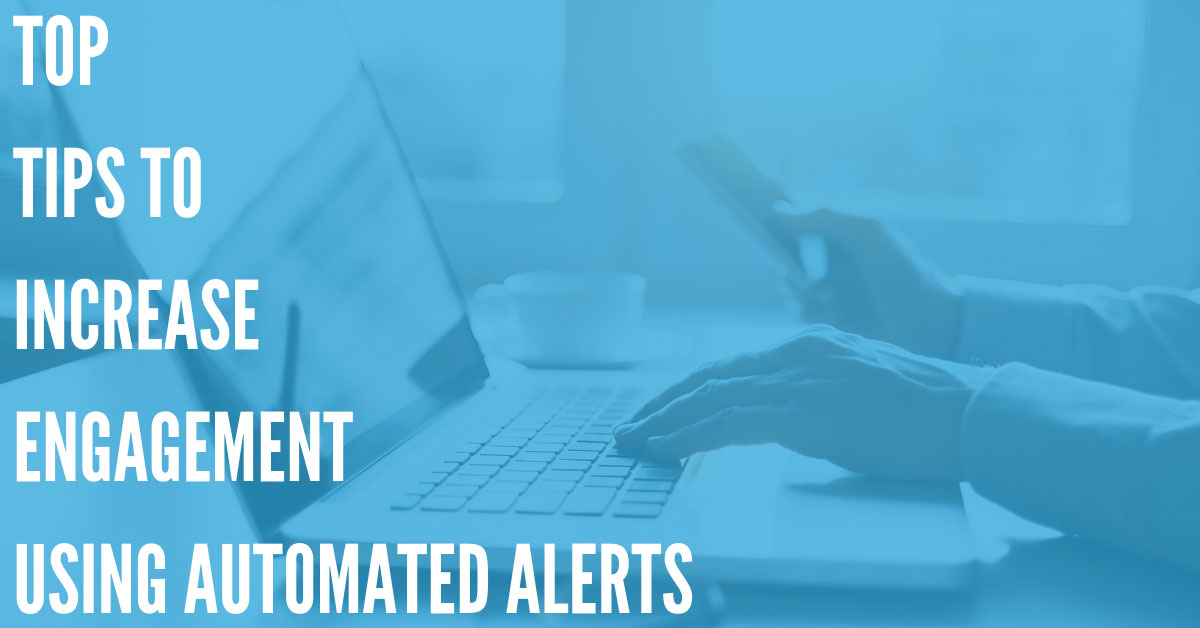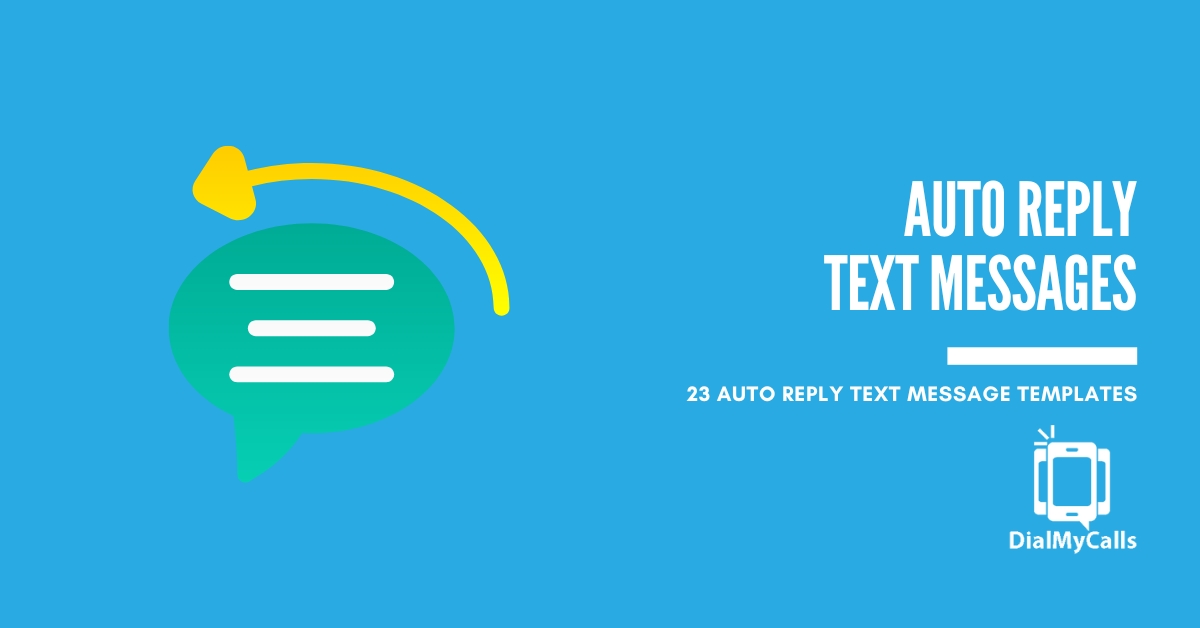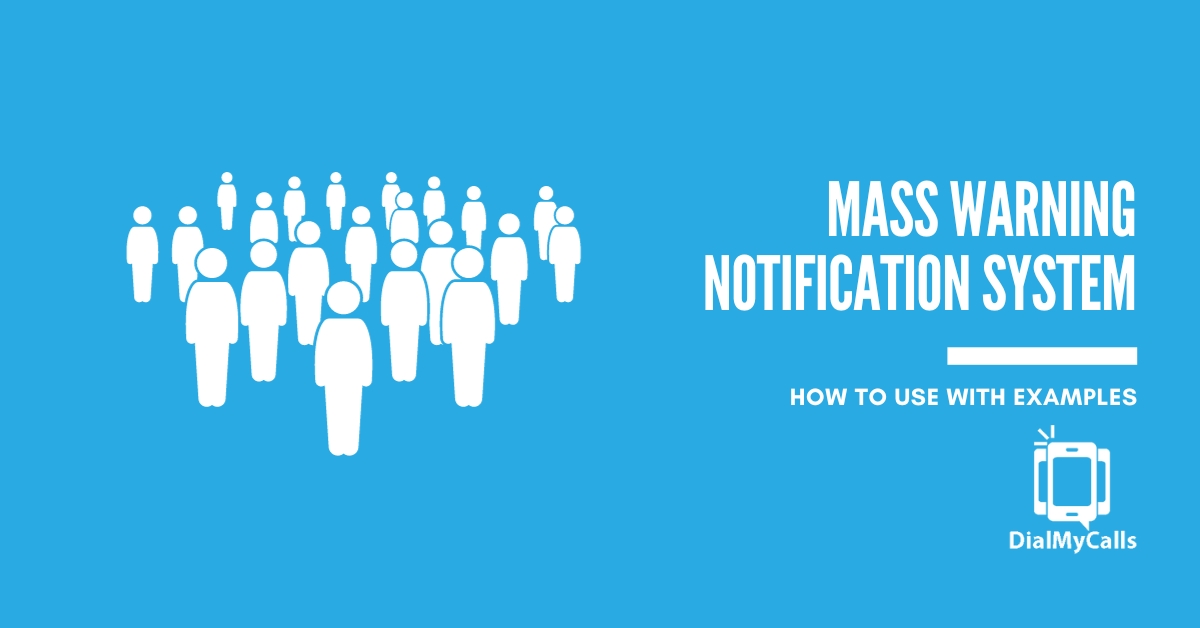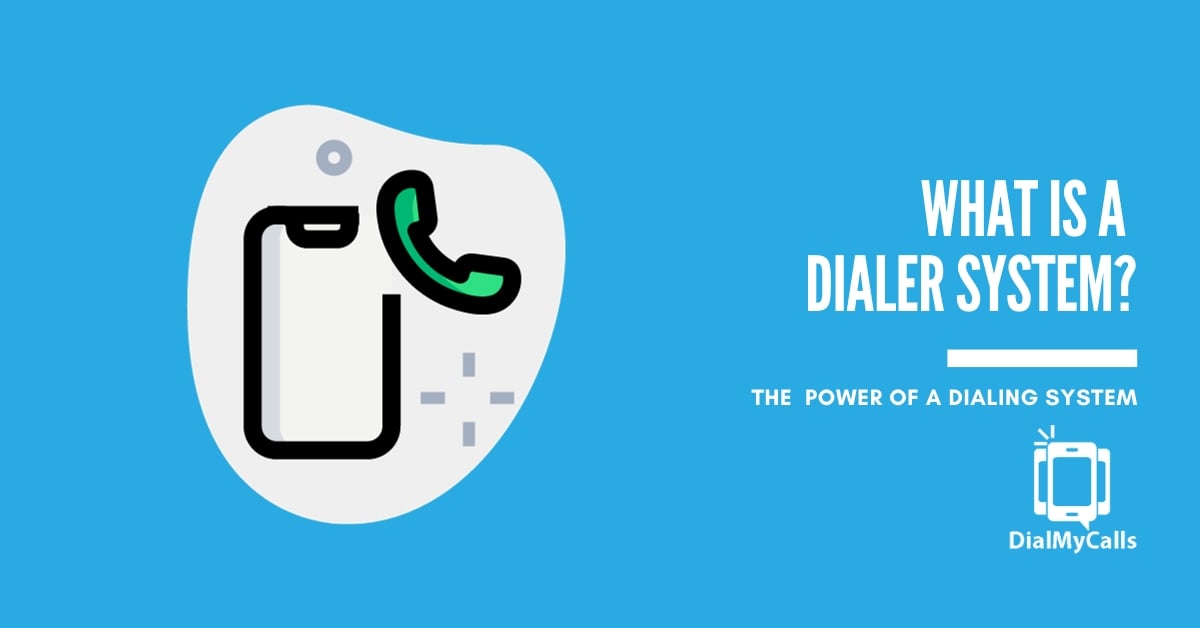How to Set up Automated Alerts for Better Engagement with People
Posted by Brooklin Nash in Mass Notification System on July 3, 2019
Updated on April 27, 2021

It’s easy to see the prevalence of electronic communication. On the street, in the office, in the grocery store – it seems everyone has a phone up to their ear or in their hand. As it happens, Americans check their phone, on average, 80 times a day.
The combined usefulness of phones makes them a primary way to connect with the many different groups of people we need to communicate with. Whether it’s our employees, coworkers, customers, or others, mass SMS text messages and voice broadcasts can help us engage and connect better to improve our business relationships.
Why Automated Group Messaging Means Better Engagement
We’ve already covered the fact that SMS text messages and voice calls are essential to engaging employees and clients alike. But how can automated alerts help us do this?
The answer is simple. If we’re alerting or otherwise communicating with those we work with all at once, instead of one by one, it frees up our own time to address individual concerns and problems.
No one wants to be stuck dialing in individual phone numbers and email addresses during an emergency. Being prepared beforehand can streamline these actions so that everyone gets the information they need right when they need it.
There are also different types of engagement you can facilitate with each of several different groups, including employees, customers, leads, and volunteers. Here, we detail how automated alerts can mean better engagement with each of these groups.
Improving Engagement with Employees
Organization leaders often spend 50-80% of their work day communicating, primarily with staff. When this part of the process is automated, it allows this extra time to be spent on fixing the problems communicated with them and otherwise focusing on the work itself.
Automated group messages to employees can take many forms. These can include security alerts, announcements, and reminders. Because employees are almost always within reach of their phones, you’ll receive or see a faster response.
You’ll also likely be clarifying information. Instead of passing off notices to department or program heads to pass to their own employees, you can provide all information to each person, all at once.
SMS example:
These alerts can also be sent out as automated phone calls or emails.
Improving Engagement with Customers
Your customers, too, need to be receiving pertinent information consistently and quickly. When this information is automated, it ensures that everyone is receiving the same information. Then, customers can follow up with an individualized phone call or SMS conversation if they need more information.
Automated alerts also allow for customers to stay in the know for big sales, new merchandise, or product updates.
SMS example:
Improving Engagement with Leads
For potential customers, automated SMS text message or voice broadcast can be your best chance to convince them that they want or need your product. While many people are unwilling to talk to strangers, they are willing to visit websites or respond to texts that pique their interest.
The lead is more likely to learn more if it’s as simple as replying to a text message or following a link they’ve been sent. Once they’ve responded, you can narrow down what type of information they most want or need.
SMS example:
Improving Engagement with Volunteers
Volunteers are another group that can be difficult to communicate with. Because they probably aren’t always around, it’s important to get information to them quickly so they feel informed and valued. They also need to know when they’re needed, but their value may be outweighed if an employee has to call or message each one individually.
SMS example:
Tips to Set Up Automated Alerts
Of course, not all automated alerts will be beneficial. In general, alerts must be concise and simple and allow for an opportunity to get more information.
#1: Be Concise
Obviously, SMS text message alerts are limited to 160 characters. But voice broadcasts are also effective when they’re short and to the point. This prevents recipients from getting lost in the information and missing out on the most important parts.
#2: Be Simple
Simplicity and clarity are also key in ensuring that the recipient knows why they got the message. Whether the alert regards employee safety or customer satisfaction, you want the recipient to know why they’re getting the message. This can also build trust as the recipient learns that you won’t send them messages for no reason.
#3: Provide an Opportunity for More Information
Because automated alerts are likely so short and sweet, it’s important that the recipient knows where they can get more information. This can be done easily by including a link to a website, a number to call for more information, or another source that can respond to questions and concerns.
Don’t Forget to Keep It Personal
It’s easy to send automated alerts via SMS or voice broadcast without thinking twice about the individuals receiving them. But after the initial alert, it’s important to respond to individual needs, preferences, and concerns.
Some easy ways to make even automated messages personalized is to insert the recipients’ names, departments, or location. This is also an important part of providing an avenue for more information. Responding to feedback further reassures clients and employees that you’re listening.
Does sending automated alerts still seem complicated or tricky? Learn more about how simple automated alerts are with DialMyCalls. With software like DialMyCalls, you can keep all parties engaged and track their responses so that you know what more they need from you.
Sign Up For A Free Trial Today!
Get Started
Recent Posts
Categories
“I am a youth minister and have spent hours in the past calling students individually to remind them of an upcoming event or to get out an urgent announcement. With DialMyCalls.com, I cut that time down to about 1 minute. I also love how I can see exactly who answered live and how long they listened so I know if they heard the whole message. DialMyCalls.com is the best website I have stumbled upon all year! Thanks!”
Central Baptist Church
Sign Up For A Free Trial Today!
Get Started
Sign Up For A Free Trial Today!
Get Started
Recent Posts
Categories
“I am a youth minister and have spent hours in the past calling students individually to remind them of an upcoming event or to get out an urgent announcement. With DialMyCalls.com, I cut that time down to about 1 minute. I also love how I can see exactly who answered live and how long they listened so I know if they heard the whole message. DialMyCalls.com is the best website I have stumbled upon all year! Thanks!”
Central Baptist Church
Sign Up For A Free Trial Today!
Get Started


